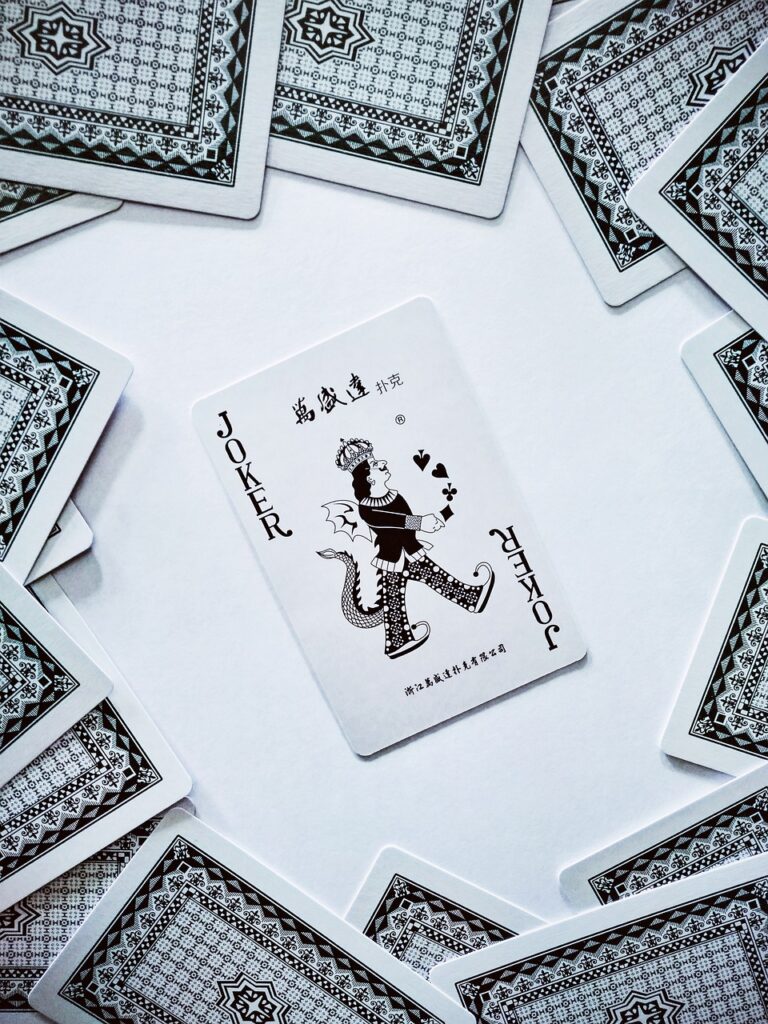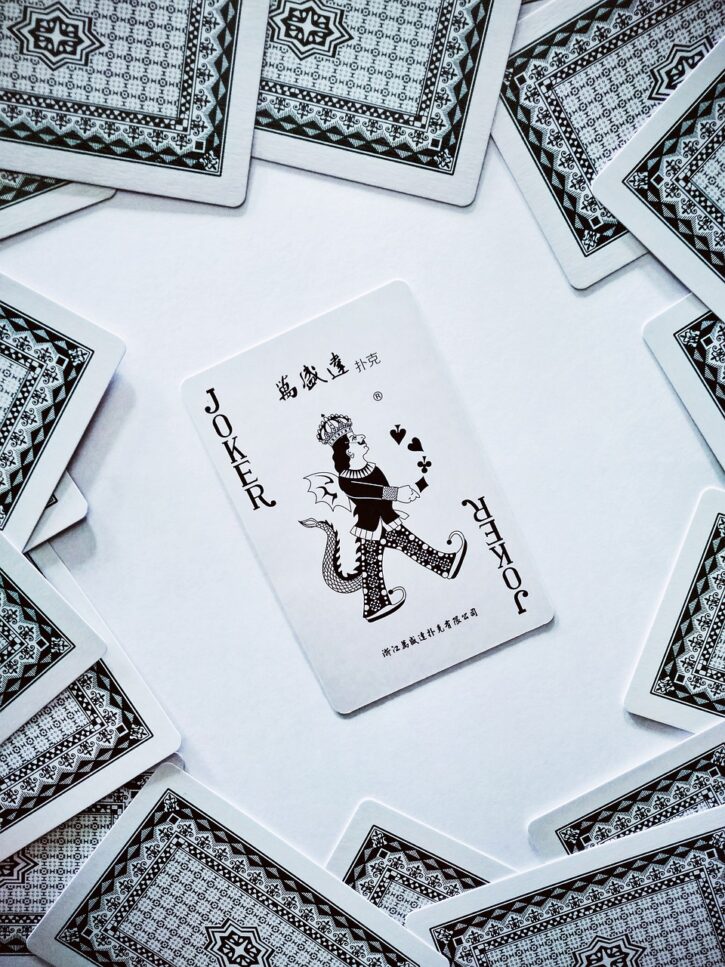
Learning the Rules: How Is a Klondike Solitaire Score Calculated?
Klondike Solitaire, the classic card game that has captivated players for generations, is not only a fun and engaging pastime but also a great way to challenge yourself and track your progress. One of the most interesting aspects of Klondike Solitaire is its scoring system, which adds an extra layer of depth and competition to the game. In this blog post, we’ll explore how Klondike Solitaire is scored, the different scoring variations, and how you can use this knowledge to improve your gameplay and achieve higher scores.
The Basics of Klondike Solitaire Scoring
At its core, Klondike Solitaire scoring is based on the number of cards you successfully move to the foundation piles. Each card moved to the foundations earns you points, and the goal is to accumulate as many points as possible by the end of the game.
The standard scoring system for Klondike Solitaire is as follows:
- Moving a card from the tableau or stock to the foundations: 5 points
- Turning over a face-down card in the tableau: 5 points
- Moving a card from the foundations back to the tableau: -15 points
Using this basic scoring system, a perfect game of Klondike Solitaire (where all cards are successfully moved to the foundations) would earn you a total of 700 points:
- 52 cards moved to the foundations: 52 × 5 = 260 points
- 28 face-down cards turned over in the tableau: 28 × 5 = 140 points
- Bonus for completing the game: 300 points
However, it’s important to note that not all games of Klondike Solitaire are winnable, and the maximum achievable score in a given game will depend on the initial layout of the cards.
Variations in Klondike Solitaire Scoring
While the standard scoring system is the most common, there are several variations in how Klondike Solitaire can be scored. These variations can add an extra level of challenge and excitement to the game and may be preferred by some players.
Some popular scoring variations include:
- Vegas Scoring: In this variation, each card moved to the foundations earns points based on its rank:
- Ace: 1 point
- 2-10: Face value (e.g., 2 = 2 points, 10 = 10 points)
- Jack, Queen, King: 10 points each The goal in Vegas Scoring is to earn as many points as possible, with a perfect game totaling 360 points (52 cards × average point value of 6.92).
- Standard Scoring with Streak Bonuses: Some versions of Klondike Solitaire offer bonus points for moving cards to the foundations in streaks (i.e., consecutively without drawing from the stock). For example:
- 1 card in a streak: 5 points
- 2 cards in a streak: 15 points
- 3 cards in a streak: 30 points
- 4 or more cards in a streak: 60 points This variation encourages players to plan their moves carefully and aim for longer streaks to maximize their score.
- Negative Points for Undo Moves: In digital versions of Klondike Solitaire that offer an “undo” feature, some scoring systems may deduct points for each undo action taken. This variation adds a risk-reward element to using the undo function and encourages players to think ahead and make deliberate moves.
Understanding these different scoring variations can help you choose the version of Klondike Solitaire that best suits your playstyle and preferences.
Strategies for Maximizing Your Score
Now that you know how Klondike Solitaire is scored, let’s explore some strategies you can use to maximize your points and improve your overall performance:
- Focus on revealing face-down cards: Since turning over face-down cards in the tableau earns you points, prioritize moves that help you reveal as many face-down cards as possible. This will not only increase your score but also give you more options for future moves.
- Build down in the tableau: Building down in the tableau (i.e., placing cards of descending rank and alternating color) can help you create space to reveal face-down cards and make it easier to move cards to the foundations later on.
- Be strategic about moving cards to the foundations: While moving cards to the foundations earns you points, it’s sometimes better to leave a card in the tableau if it can help you build down or reveal face-down cards. Consider the long-term benefits before making a move.
- Aim for streaks (if applicable): If you’re playing a version of Klondike Solitaire with streak bonuses, try to plan your moves to create longer streaks and earn extra points. This may require some foresight and careful planning, but the payoff can be significant.
- Minimize undo moves (if applicable): If your scoring system deducts points for undo actions, try to minimize your use of this feature. Take your time to think through each move and only use undo as a last resort.
By incorporating these strategies into your gameplay, you can work towards achieving higher scores and mastering the art of Klondike Solitaire.
Practice Makes Perfect
As with any skill, the key to improving your Klondike Solitaire scores is practice. The more you play, the more familiar you’ll become with the game’s nuances and the better you’ll be at recognizing opportunities to earn points and make strategic moves.
Fortunately, there are many ways to practice and enjoy Klondike Solitaire, including:
- Playing free Klondike Solitaire online: Websites like Solitaired offer free Klondike Solitaire games that you can play anytime, anywhere, without the need for a physical deck of cards. These digital versions often come with features like undo buttons, hints, and auto-complete functions, making them a great way to practice and improve your skills.
- Trying different scoring variations: Experimenting with different scoring variations can help keep the game fresh and challenging and can also help you develop a more well-rounded set of Klondike Solitaire skills.
- Competing with friends or online leaderboards: Some digital versions of Klondike Solitaire offer the ability to compete with friends or participate in online leaderboards. This can add an extra level of motivation and fun to your practice sessions and can also give you a sense of how your scores compare to those of other players.
No matter how you choose to practice, remember that the goal is to have fun and continually improve your skills. With time and dedication, you’ll be well on your way to mastering the art of Klondike Solitaire scoring.
While achieving high scores in Klondike Solitaire can be satisfying, it’s important to remember that the true joy of the game lies in the journey, not just the destination. Klondike Solitaire is a game of skill, strategy, and a bit of luck, and each game presents a new challenge and opportunity to learn and grow.
As you work towards improving your scores, take the time to appreciate the intricacies of the game, the thrill of a well-executed move, and the sense of accomplishment that comes with completing a difficult game. Embrace the process of learning and improving, and don’t get too caught up in chasing perfect scores.
By approaching Klondike Solitaire with a spirit of curiosity, enjoyment, and continuous improvement, you’ll not only become a better player but also discover a fulfilling and engaging pastime that can provide hours of entertainment and relaxation.
So, whether you’re a seasoned Klondike Solitaire pro or just starting, take the time to explore the game’s scoring system, experiment with different strategies, and, most importantly, have fun! With practice and dedication, you’ll be well on your way to mastering the art of Klondike Solitaire scoring and discovering all the joys this timeless classic has to offer.








